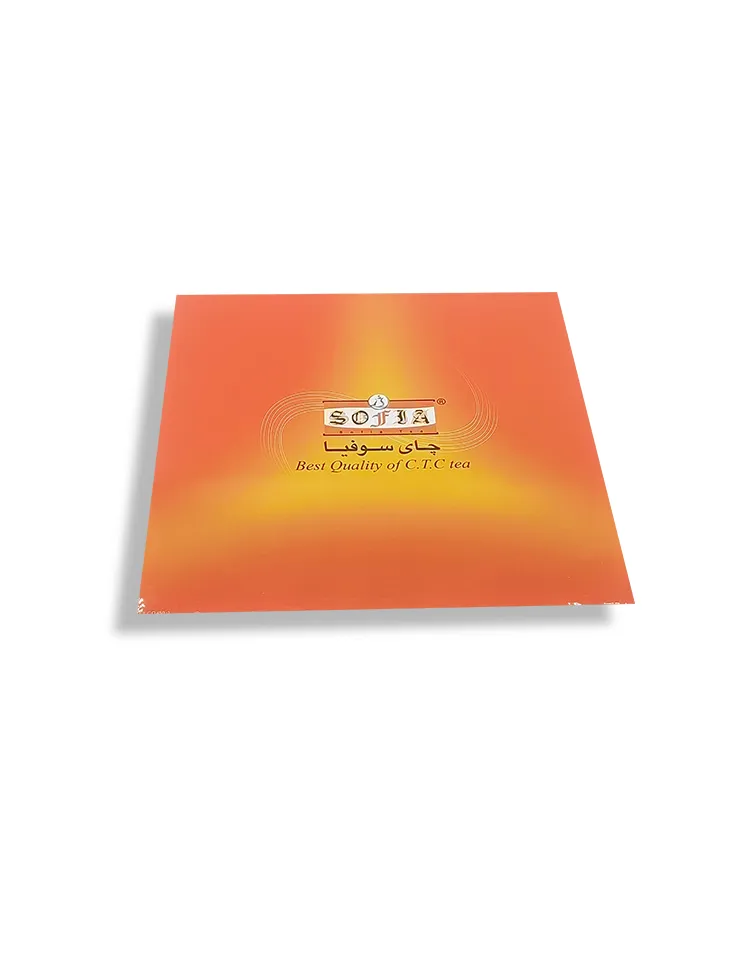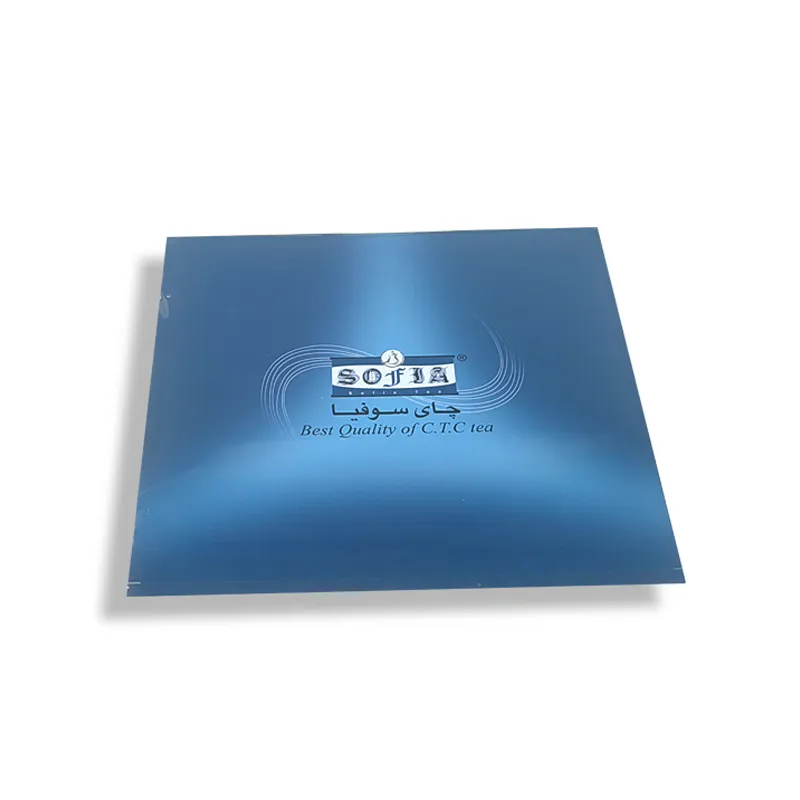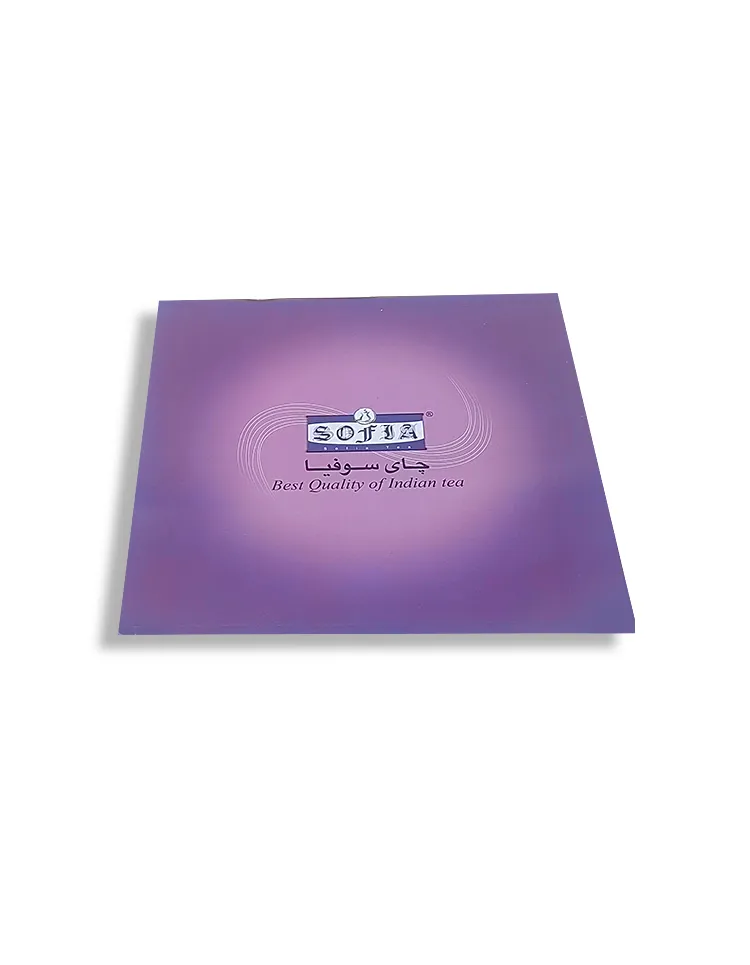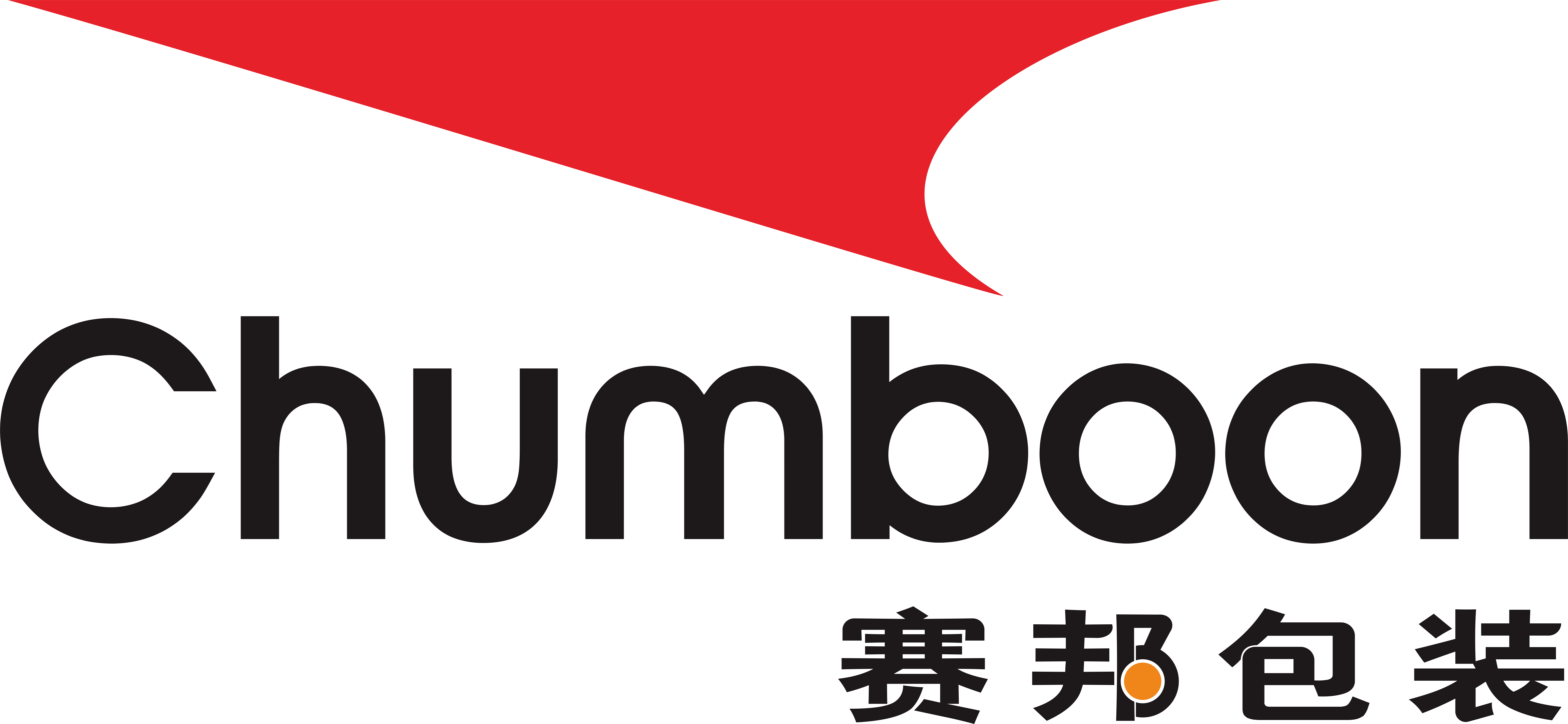In the field of modern industry and manufacturing, tinplate and TFS (chromium-plated steel, Tin Free Steel) are two very important metal materials. They are widely used in food packaging, chemical containers, electronic product casings and other fields. Although they have similar uses and manufacturing processes, there are significant differences in performance, production processes, and practical applications.
This article will compare tinplate and TFS and discuss in detail their composition, characteristics, advantages and disadvantages, and their respective application fields, thereby helping readers better understand the differences between the two materials.

What is tinplate sheet?
Tinplate is a thin steel plate with a tin-plated surface. It is mainly composed of a steel base material and a tin layer covering its surface. Tinplate usually uses cold-rolled low-carbon steel as the base material. The tin plating process is to apply a thin layer of tin on the surface of the steel plate through electroplating or hot plating.
Tin is a metal with excellent anti-corrosion properties, so tin-plated steel plates can greatly enhance their resistance to oxidation and corrosion. In addition, tin is chemically inert and does not react with most foods and chemicals, so tinplate sheet is widely used in the field of food packaging.
What are the main characteristics of tinplate?
The excellent performance of tinplate is mainly reflected in the following aspects:
● Corrosion resistance: Since tin itself has good corrosion resistance, tinplate has excellent anti-rust effect and is especially suitable for use in humid or easily oxidized environments.
● Non-toxic: The chemical properties of the tin layer are relatively stable and will not react with food or drugs, ensuring the safety of packaged items.
● Good weldability: The tin layer of tinplate has good electrical conductivity and is thin, so tinplate can be processed and formed by welding.
●Bright appearance: The tin plating layer gives the steel plate a bright metallic luster, making it have a good decorative effect in the packaging industry.
What is TFS?
TFS, the Chinese name is electroplated chromium steel plate. As the name suggests, TFS is a layer of chromium, not tin, plated on the surface of cold-rolled steel plates through an electroplating process. TFS is similar to tinplate in terms of base steel and also uses cold-rolled low carbon steel as the base material. The difference is that TFS does not use tin, but uses chromium plating (usually a double-layer structure of chromium and chromium oxide) to enhance the corrosion resistance of the steel plate.
Chromium is a very chemically stable metal with excellent rust resistance. Compared with tin, chromium not only has greater corrosion resistance, but its chemical properties are also more stable, which makes TFS an excellent choice to replace tin plate sheet in some special applications.
What are the main features of TFS?
Compared with tinplate sheet, the characteristics of TFS are different. The following are the main characteristics of TFS:
● Excellent corrosion resistance: TFS's chromium coating is more chemically inert than tin. Especially in acidic environments, TFS's corrosion resistance is even more outstanding.
● Better coating adhesion: Due to the chemical structure of the TFS surface coating, coating materials (such as paint or printing coatings) can better adhere to its surface, so TFS is widely used in products with high printing and spraying requirements. .
● Not suitable for welding: Due to the poor conductivity of the chromium layer, the welding performance of TFS is far inferior to that of tinplate, and the welding process should not be used in production.
● Better environmental protection: TFS does not contain any tin, so it is more environmentally friendly during disposal and reduces the impact of harmful metals on the environment.

What is the difference between Tinplate and TFS?
Differences in coating materials
The coating of tinplate is tin, while the coating of TFS is chromium. This is the most significant difference between the two. The anti-corrosion performance of tin mainly relies on its chemical inertness, while chromium relies more on its chemical stability and the protection of the oxide film. The differences in the physical and chemical properties of tin and chromium cause tinplate and TFS to exhibit different properties in many aspects.
Differences in welding performance
Tinplate has a thin tin plating layer and good tin conductivity, so common welding methods such as resistance welding can be used. However, TFS is difficult to weld due to the poor conductivity of the chromium layer. Therefore, TFS is mostly used for products that require less welding process, and when welding is required, tinplate sheet becomes the first choice.
Differences in corrosion resistance
From the perspective of corrosion resistance, although both have good corrosion resistance, they behave differently in specific environments. The anti-corrosion ability of tinplate is sufficient for general food packaging applications, while TFS has stronger corrosion resistance than tinplate sheet in acidic environments due to the excellent chemical stability of chromium.
Differences in surface treatment
Tinplate has a smooth surface and metallic luster, making it suitable for direct use as packaging material, especially when no further coating or printing is required. In contrast, the TFS surface is more suitable for coating adhesion, so it is usually used in situations where further coating and printing are required. The excellent surface treatment properties of TFS make it unique in some special printing and decoration applications.
Cost difference
Due to the complexity of the tin plating process and the relatively high price of tin, the manufacturing cost of tinplate sheet is generally higher than that of TFS. Therefore, as a substitute for tinplate, TFS has been widely used in some fields that require higher cost control. Especially in applications that do not require special anti-corrosion properties, TFS has become a competitive choice due to its lower cost.
Comparison of application fields
Application fields of tinplate sheet
Tinplate is widely used in food, beverages, medicine and other fields, especially in food packaging. Tinplate's non-toxicity and excellent anti-corrosion properties make it the material of choice. Common applications include:
● Canned food packaging: Since the tin layer of tin plate sheet can effectively prevent direct contact between food and metal, thereby avoiding food deterioration and metal corrosion, tinplate is widely used in canned food packaging.
● Beverage cans: Tinplate’s high strength and good corrosion resistance are also suitable for the production of beverage cans, especially in the packaging of acidic beverages.
● Pharmaceutical packaging: Tinplate is also widely used in pharmaceutical packaging, especially medicines that require higher sealing properties.
Application areas of TFS
Although TFS has fewer applications in food packaging, it performs well in other fields. Its main applications include:
● Electronic product casings: TFS's good coating adhesion and anti-corrosion properties make it widely used in the manufacturing of electronic products and household appliance casings.
● Chemical product packaging: In the packaging of some chemical products, especially acidic substances, TFS has better corrosion resistance than tin plate sheet, so it occupies a certain market share in such applications.
● Decorations and printed matter: TFS’s excellent coating adhesion and surface treatment properties make it widely used in decorations, printed matter and other fields that require exquisite printing and spraying.

Basis for choosing tinplate and TFS
In practical applications, the choice of tinplate or TFS needs to be decided based on specific needs. Here are some considerations:
● Anti-corrosion requirements: If the product needs to be used in extreme acidic or corrosive environments, TFS may be a better choice. For general food packaging or less harsh use environments, the anti-corrosion performance of tinplate sheet is sufficient.
● Welding requirements: When welding is required during product production, tin plate sheet is undoubtedly the first choice material. TFS is generally not suitable for applications requiring welding due to difficulty in welding.
● Cost consideration: If cost is the primary consideration and corrosion protection performance requirements are not high, TFS is a more economical choice.
● Appearance and surface treatment: If further surface coating or fine printing is required, TFS has obvious advantages in coating adhesion.

